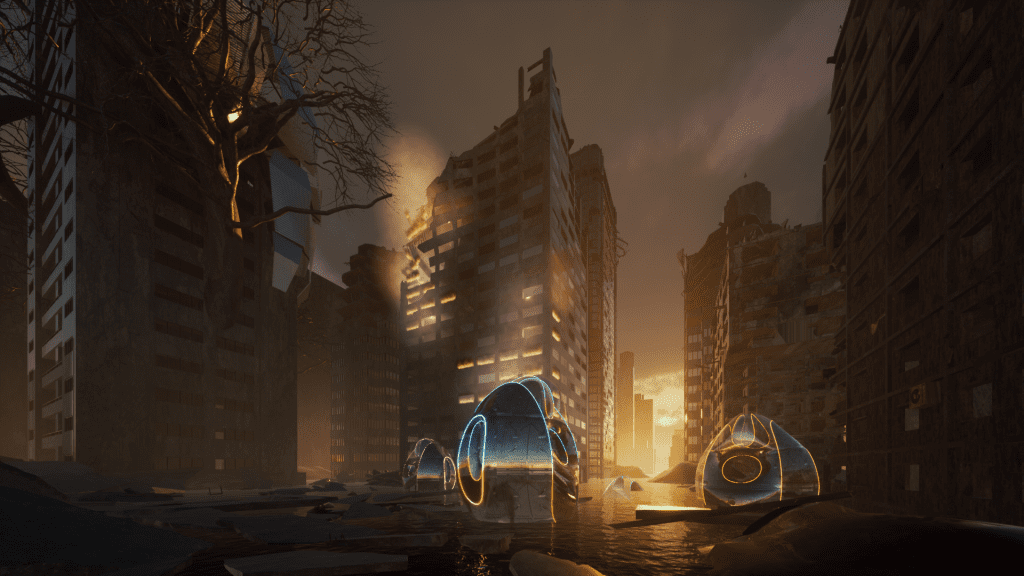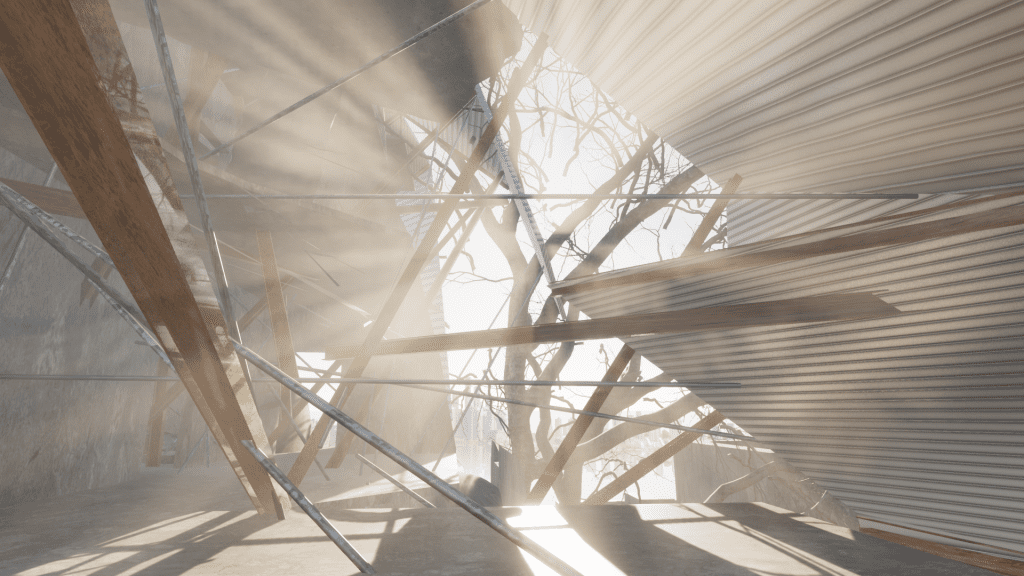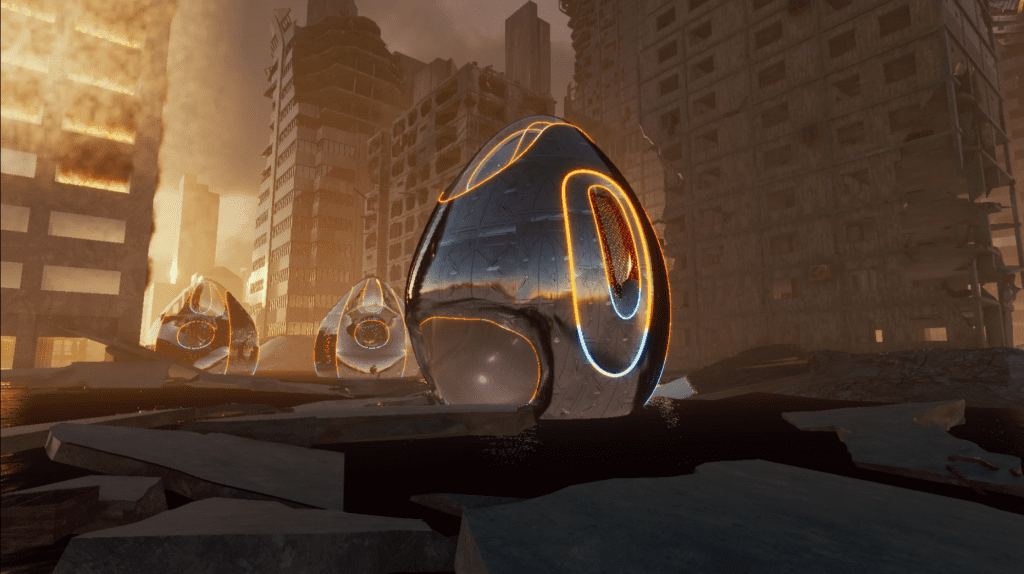Student Work From Penn Envisioning Climate Seminar, Spring 2022!
July 5, 2022
ENVISIONING CLIMATE
KEVIN_ALAN
Troll Antarctica is currently a large research station. The annual average temperature is −25 °C (−13 °F), with the summer temperature able to reach about 0 °C (32 °F) and the lowest during the winter at −50 °C (−58 °F). Troll is also susceptible to storms which makes outdoor activities impossible.
Strong and persistent winds from the northeast have dictated orienting the street grid to the north-west and the same orientation also influences how these objects relate to the environment and to one another. Buildings are tilted as if bent by the wind, their widest face oriented toward the north-east together as much as possible and provide natural illumination for their central public areas.




NEW YORK 2100
BOLAI_YUXUAN
“New York is in a constant state of mutation. If a city conceivably may be compared to a liquid, it maybe reasonably said that New York is fluid: it flows.”
“Low-lying and deltaic cities… (such as) New York… will only be saved in huge amounts of money are plowed into new defenses against floods. Stabilizing global temperatures at four degrees above current levels may not be possible because of carbon releases from Arctic permafrost… Once again humanity could be powerless to intervene as run-away global warming continues to push the world into an extreme-and increasingly apocalyptic-green-house state.”



MIRI 13
Vancouver
BOHAN_UMAR_YANHAO
By 2100, the world is approaching to five degrees of global warming. With huge quantities of extra heat in the atmosphere, both evaporation and precipitation increase. At the high latitudes, Canadian rivers increase their flows dramatically due to heavier rains. In Vancouver, Stanley Park is an island.
The south side of BC Place is flooded. Andy Livingstone Park is gone. Coal Harbour is underwater, and the Lost Lagoon is lost.


ENVISIONING CLIMATE
BEVY_SHIYUE
In 2100, Moscow became a “City in the sky”, a city where a sharp division between religion and science is unclear. Religion, the worship of the immateriality that comes from nature, whereas science explores nature by mathematical facts and logic. At certain times they conflict with each other, but residents living in 2100 do believe the integration of spiritual pursuit and scientific technologies would help them overcome the crucial natural disasters.



ENVISIONING CLIMATE
CLARA_ELIZABETH
Envisioning a climate after the bees die. Without bees, biodiversity will fall dramatically and many of the plants we rely on for food would become extinct. This project looks to the future in the aftermath of global panic and food scarcity. We attempt to envision a future in which science and tech come together to create a new generation of pollinators.